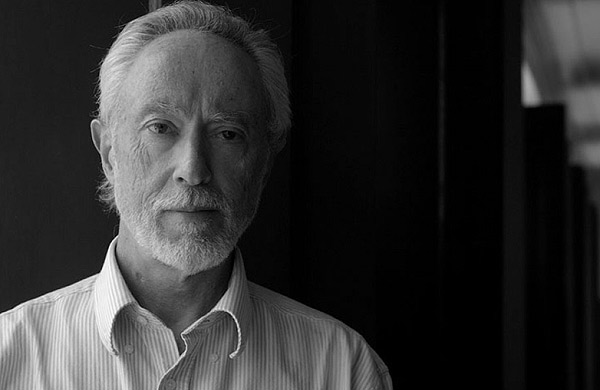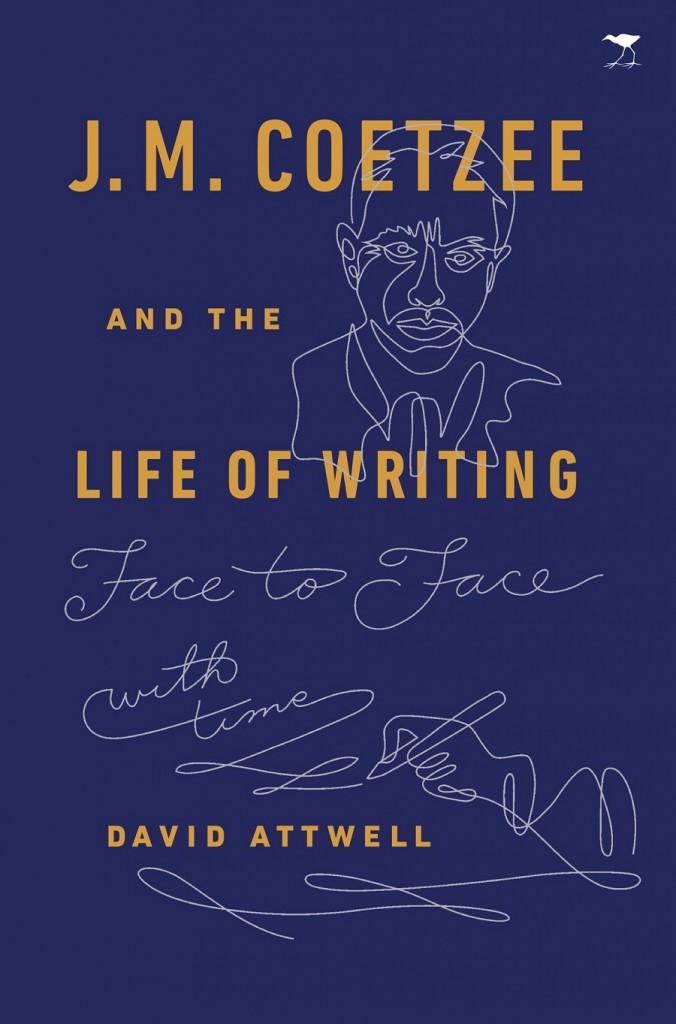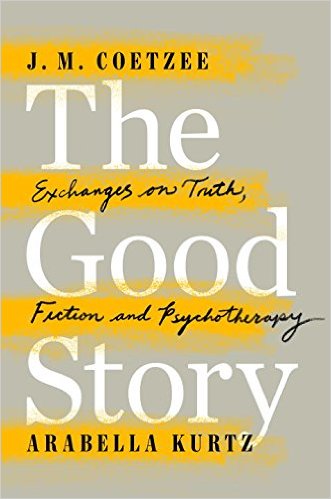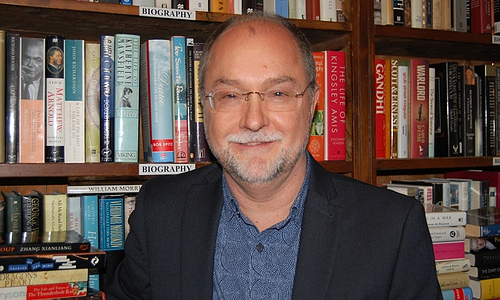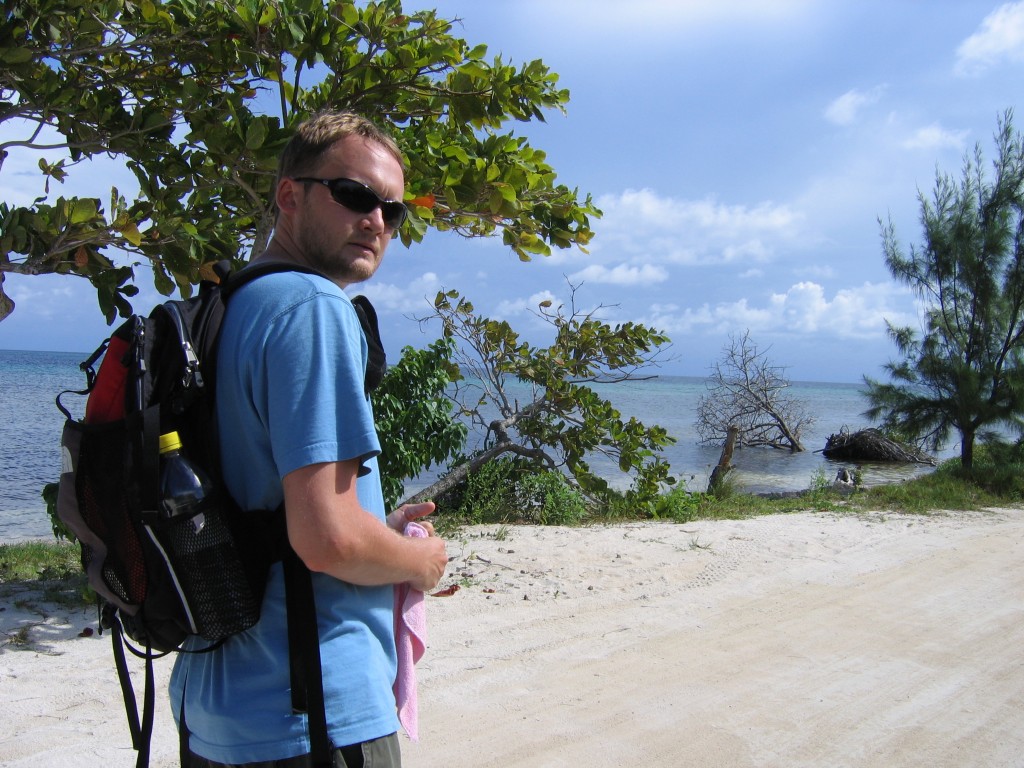What is surprising in The Good Story is Coetzee’s near preoccupation with some form of absolute truth. He seeks from Kurtz an understanding of the point of therapy, asking whether truth is the only way to “heal” a patient or would some “empowering fiction” make the patient feel good enough to carry on in the world. —Jason DeYoung
J. M. Coetzee and the Life of Writing: Face-to-Face with Time
David Attwell
Viking, 2015
248 pages, $27.95
The Good Story: Exchanges on Truth, Fiction and Psychotherapy
J. M. Coetzee and Arabella Kurtz
Viking, 2015
198 pages, $27.95
.
In Doubling the Point (1994), novelist J. M. Coetzee boldly tells interviewer David Attwell that “all writing is autobiography: everything that you write, including criticism and fiction, writes you as you write it.” Coetzee continues by saying that when you tell the story of your life, you do so “from a reservoir of memories,” selecting those bits of narrative that get to a plausible truth. For Coetzee there’s little difference between autobiography and fiction. Both forms press forward to achieve what he calls a “higher truth” by choosing facts that support an “evolving purpose.” More recently, in his current book, The Good Story (2015), he’ll take it a step further by saying when two people tell each other in conversation their life stories, it is little more than an exchange of fictions that occurs.
It’s easy to say that autobiography and its attendant issues have played large roles in J. M. Coetzee’s career, and it’s autobiography that links the two books up for review. In J. M. Coetzee and the Life of Writing, writer David Attwell gives each of the novels a biographical reading, addressing the authorship that underlines them, “its creative process and sources, its oddities and victories.” In The Good Story, J. M. Coetzee and Arabella Kurtz, a clinical psychologist at the University of Leicester, hold a long-distance dialogue on the nature of truth in fiction and in clinical settings, and whether anything we write or speak can be true.
.
J. M. Coetzee and the Life of Writing
David Attwell is to J. M. Coetzee what Boswell was to Johnson, if a man as private and reclusive as Coetzee could have such a person in this life. Attwell is a well-known Coetzee scholar and the author of several other books on the novelist’s work, the best known perhaps is Doubling the Point, a collection of early interviews with Coetzee—before the latter won two Booker Prizes and received the Nobel Prize for Literature (2003). The interviews cover each of Coetzee’s first five books—Duskland (1974), In the Heart of the Country (1977), Waiting for the Barbarians (1980), Life and Time of Michael K (1983), and Foe (1986). Interspersed between these interviews are some of Coetzee’s early literary essays and social critiques. David Attwell has called Doubling the Point an intellectual autobiography of Coetzee. In his new book, J. M. Coetzee and the Life of Writing, Attwell sets out to write a critical biography of the novelist.
To draw a distinction between his biography and the one John Kannemeyer published in 2012, Attwell points out that Kannemeyer’s attention was trained on Coetzee’s life rather than the work. It looks more into the genealogical background of its subject—his childhood, education, dealings with publishers, and censors—and pays cursory attention to the manuscripts. For the Kannemeyer biography, Attwell has high praise, remarking that Coetzee sat for interviews and provided Kannemeyer access to papers he has long kept private. Whether it was intentional or not, these two biographies go hand-in-glove. J. M. Coetzee and the Life of Writing is primarily David Attwell’s interpretation of Coetzee’s life as read through the novelist’s notebooks and early manuscripts, which have been made available to the public in the Harry Ransom Center at the University of Texas at Austin.
The thrust of Attwell’s biography is that at the core of each of J. M. Coetzee’s novels (and the nonfiction works, too) is an autobiographical element, and he makes very good cases for events in Coetzee’s life and how they play into his novels. Where he shines in this vein is in the essay on Age of Iron, where he draws comparisons between Coeztee’s mother, Vera, and the strong heroines in the novels; and on The Master of Petersburg, a novel Coetzee wrote after the death of his son. Attwell skillfully unravels the emotional undercurrents in the latter novel, which he calls an “autobiographical historical fiction,” and insists that it be read in light of the grief it was written in:
As a follower of Bakhtin, and the author of a riskily personal novel, is Coetzee’s The Master of Petersburg a personal document, in a sense? The answer to that question would seem to be that Coetzee pushes himself as far as any author could be expected to go, by writing a novel in which the umbilical cord simply cannot be cut. There is some protection in the creation of a fictional surrogate, but not enough to contain the emotional spillage.
There are standard biographical features in Attwell’s book. He points to large events in Coeztee’s life, general familial relationships, South African politics. But for the most part, Attwell stays out of Coetzee’s more personal life (perhaps as a courteous to a man whom he knows to be reclusive, or not to overlap with Kannemeyer). Instead, Attwell’s biography is comprised of a loose gathering of essays that critique and dramatize Coetzee’s authorial career, at times with startling insight. And where this book really carries its value is in Attwell’s descriptions of the development of Coetzee’s thought and practice.
Starting with Duskland, Coetzee’s first published book, Attwell holds that the “basis of [Coetzee’s] entry into fiction was anti-rationalism, and a revolt against what he saw as realism’s unadventurous epistemology.” Some of the obvious characteristics and structural choices present in nearly all of J. M. Coetzee’s novels are based on his “impatient with the task of creating a credible world, instead of a book that [is] open to experience.” Attwell does a good job of highlighting the techniques Coetzee applies to “circumvent dull forms of verisimilitude,” one of the more interesting being Coetzee’s exploration of modern myth. This technique presents itself in several forms, but primarily in his use of other, older novels as a kind of “jumping off” place. Foe is a re-write of Defoe’s Robinson Crusoe and Roxanna; The Master of Petersburg comes from Dostoevsky’s Demons; and Life and Time of Michael K from Heinrich Von Kleist’s “Michael Kohlhaas.” In recounting “The Burning Book,” a novel Coetzee abandoned between Duskland and In the Heart of the Country because he could find coherent focus, Attwell draws from the novelist’s notebook these lines: “There must be a myth behind [the work]….When I think of a story with the kind of shape that Ulysses or Molloy have, I sense possibilities, which are given by the shape of the wanderings, tests and perils.”
Finding the proper myth wasn’t easy, as the notebooks for Waiting for the Barbarians and Life and Times of Michael K show. It is hard to fathom the original versions of these novels. For instance, Waiting for the Barbarians was a dark love story between two lovers, who make a temporary home in former prison cell, with a theme that focused on “sexual restlessness”; Michael K‘s origins lie more in a middle-class, scholarly character instead of the hapless outlaw he becomes. It was the torture and death of Steve Biko, an anti-apartheid activist, which gave Waiting for the Barbarians its focus on paranoia in its fictional empire. For Michael K it was Coetzee’s intense reach of the imagination to put himself in the role of the oppressed as opposed to his intractable role (due to his race) as oppressor to find his Michael Kohlhaas rebel.
In a letter to Paul Auster, J. M. Coetzee writes:
“One can think of a life in art….in two or perhaps three stages. In the first you find, or pose for yourself, a great question. In the second you labor away at answering it. And then, if you live long enough, you come to the third stage, when the aforesaid great question begins to bore you, and you need to look elsewhere.”
From the beginning, J. M. Coetzee hasn’t been interested in standard novel-craft. As Attwell points out in many of the novels there is debates about reading and the writer’s authority. The novels are intentionally self-conscious. But starting perhaps with Elizabeth Costello (particularly its opening and closing stories) and the more recent novels, Coetzee has moved away from the “simple urge to represent” and into “second-order questions.” Examples of these are “What am I doing when I represent?” and “What is the difference between living in the real world and living in a world of representation?” These “secondary-order questions” have lead Coetzee into some fascinating metafictional territory, notably in Slow Man, in which Elizabeth Costello makes a surprise appearance, forcing the protagonist to question the nature of his reality; and in The Childhood of Jesus, a novel set in an invented milieu with character whose pasts have been wiped away. It’s a novel that constantly twists and torques the essence of realism.
J. M. Coetzee and The Life of Writing ends by asking where Coetzee might go next with his “secondary-order questions.” Attwell is inconclusive, but The Good Story might hold some clues. Although it isn’t a new novel, The Good Story does explore some of these “secondary-order questions,” but in a unique way to Coetzee’s body of work. It does so in his own voice and with outside help.
.
The Good Story
The Good Story is an exchange of emails between J. M. Coetzee and Arabella Kurtz, a clinical psychologist at the University of Leicester. It’s premised on the idea that something can be gained by a therapist exploring her practice in the company of an outsider who is also interested in narrative structures and the “outer limits of experience.”
The book is guided in part by Coetzee’s opening question to Kurtz. He asks, “What are the qualities of a good (a plausible, even a compelling) story? When I tell other people the story of my life—and more importantly when I tell myself the story of my life—should I try to make it into a well-formed artifact…or should I be neutral, objective, striving to tell a kind of truth that would meet the criteria of the courtroom?” From this point the two have a lively and absorbing debate on the nature of truth and fiction.
What is surprising in The Good Story is Coetzee’s near preoccupation with some form of absolute truth. He seeks from Kurtz an understanding of the point of therapy, asking whether truth is the only way to “heal” a patient or would some “empowering fiction” make the patient feel good enough to carry on in the world. He is skeptical of the stories we tell about ourselves. What is being left out of autobiography, he asks, noting that what is left out is only irrelevant to the present interpretation of our past, but not the complete portrait of who we are. “Doesn’t what we leaving out add up to everything in the universe minus our small part?”
With the weight of clinical experience, Kurtz offers persuasive responses to Coetzee’s formidable questions. She acknowledges that gaps and inconsistencies interest her, but the stories her patients tell are all she has to work with. “Truth in psychotherapy is in its essence dynamic because it derives from the perspective of a living being whose external and internal characteristics change, even in small ways, over time.” She states very clearly that she has to work with subjective and intersubjective truths. Belief is the platform from which she works, belief that her patients have come to her in good faith to tell her the “truth as [it] was experienced,” but with the caveat that often the patients don’t have the insight to understand the circumstances which caused them to suffer.
To which Coetzee yields a little ground, invoking Quixote: “If you concede that my beliefs transform me for the better, why are you trying to destroy my beliefs?”
The first half of The Good Story is dominated by this exploration of truth, for which there are many, and Coetzee has to know this. Still the intellectual exercise is compelling and neither side comes out as the winner, if that’s the right word. In the second half of the book the two correspondences are a touch looser, particularly Coetzee as he reveals more about himself as a child and a writer. He seems to have a dark and distrustful view of memory, wondering since his own mother seems to have implanted memories into his mind (“Don’t you remember such ‘n such?”) ought we be able to “install” better memories. This is part and parcel to his belief that we create fictions about ourselves.
In the second half we also have deeper discussions of Freud, which Kurtz demonstrates a more thorough understanding of—“There is a crucial distinction to be made between repression that acts to protect the psyche…and repression that functions to obstruct development.” The two also get into the moral aspects of the works of Dostoyevsky, Hawthorne, and Sebald, speak at length on the theories of Melanie Klein, Hannah Segal and others, before arriving at a rather long discussion on group narrative.
One of the reasons Coetzee is perhaps so keen to skepticism in regards to personal and group narrative is the colonial history for which he is a part of in South Africa. He takes a long view of the racism in South African history, stating that it was just a part of life, and those living in that time weren’t all active racists. But, as he says to Kurtz, “by the standards of today—of today’s Zeitgeist—our ancestors may seem morally defective.” This strain of the conversations slowly moves toward the concept of gangs, in which Coetzee is particularly interested because he believes there’s something to learn from their raison d être. Without an enemy, a gang is inconceivable, and sometimes the enemy is complete fantasy. He floats the idea that “we need the fictions of others about us in order to form our fictions of ourselves.”
The Good Story is a remarkable addition to Coetzee collection of books, if for no other reason than we have so much of his own voice. Coetzee, as David Attwell’s book attests to, can be elusive, and his novels are often no help because they are dialogical in narrative, often without a true voice to grasp ahold to. But this dynamic energy of thought is often what makes his novels so griping. What makes a good story in the end for Coetzee is the revelation of lies. As he writes: “It is hard, perhaps impossible, to make a novel that is recognizably a novel out of the life of someone who is from the beginning to end comfortably sustain by fiction.” But alas, it might just be an exchange—one story for a better one.
—Jason DeYoung
.
Jason DeYoung lives in Atlanta, Georgia. His work has appeared or is forthcoming in numerous publications, including Booth, Corium, The Austin Review (web), The Los Angeles Review, New Orleans Review, Monkeybicycle, Music & Literature (web), 3:AM, and Houghton Mifflin Harcourt’s Best American Mystery Stories 2012. He is a Senior Editor at Numéro Cinq Magazine.
.
.
